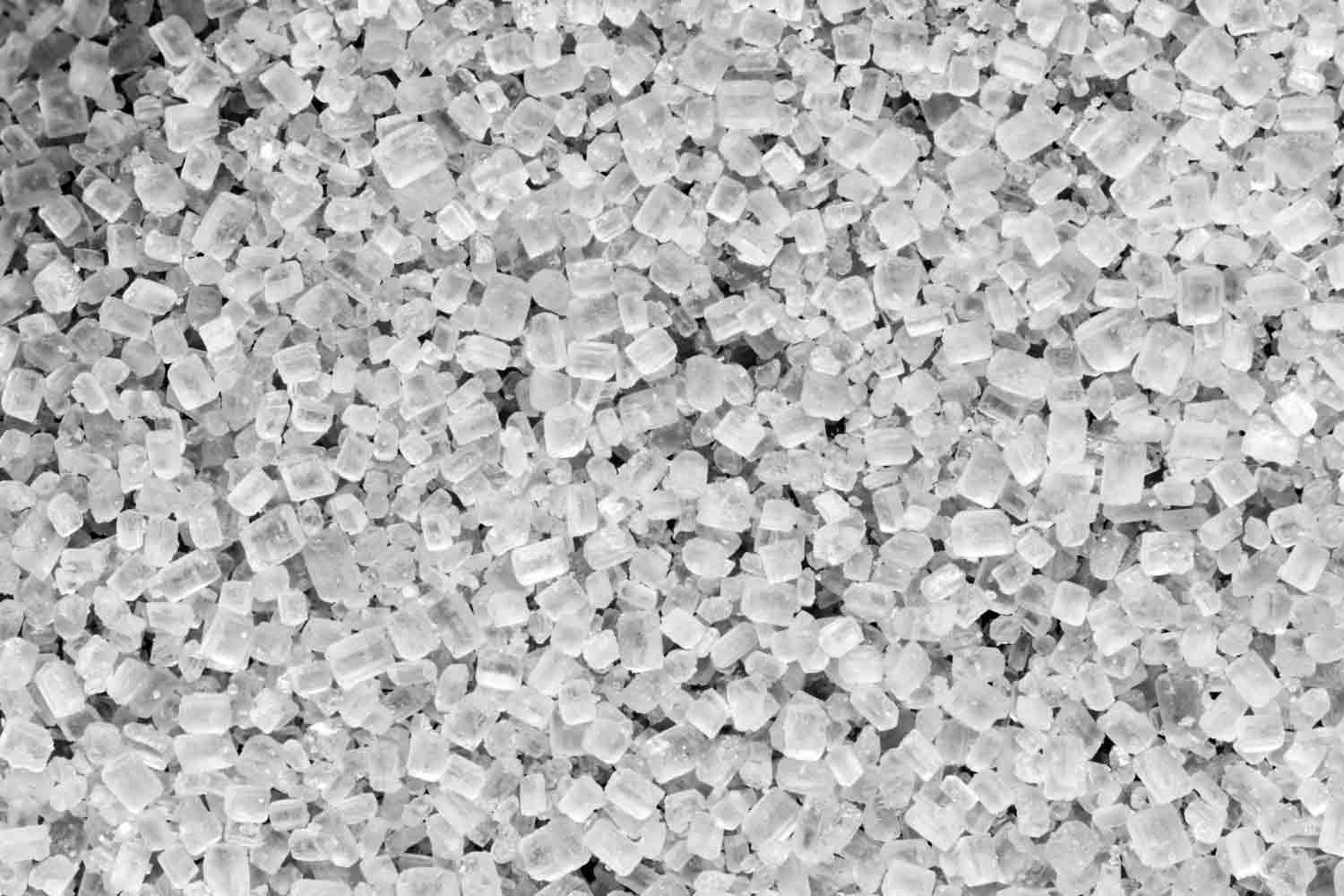
In today's world, various types of plastic play a key role in our daily lives. They are used in many areas from packaging to the aviation industry. However, to better understand their applications, it is worth discussing the types of plastics and explaining what semi-crystalline and amorphous polymers are.
Differences between plastic groups
There are many different groups of plastics, each with their own distinctive characteristics. The main division is the difference between thermoplastics and thermosets.
Thermoplastics are materials that melt and harden again when exposed to heat, allowing them to be processed repeatedly. Examples of thermoplastics are:
- polyethylene;
- polypropylene;
- polyvinyl chloride (PVC);
- polystyrene.
On the other hand, thermoset plastics do not melt once they harden. Once hardened through processing, they retain their final shape. Examples of thermoset polymers include epoxy and polyester resins, which are used in the composites industry.
Another division concerns behavior under heat, which divides thermoplastics into crystalline and amorphous plastics.
Difference between plastic and polymer
You may have come across the term “polymer” when searching for information about plastics. So what is the difference between plastic and polymer? A polymer is a chemical compound made up of repeating units called monomers. These repeating units form long chains that we call polymers.
Plastics are a type of polymer that has been manufactured and processed into practical products. In short, polymers are chemical substances and plastics are products made from these polymers through various processing processes.
Semi-crystalline and amorphous polymers
Another important issue related to plastics and their types is semi-crystalline and amorphous polymers. Both types of polymers differ in molecular structure and properties.
Semi-crystalline polymers are polymers that have both crystalline (ordered) and amorphous (disordered) regions in their structure. Semi-crystalline polymers are characterized by greater strength and rigidity compared to amorphous polymers. Examples of semi-crystalline polymers are polyethylene, polypropylene and polyamides (eg nylon).
They have both crystalline regions, where the polymer chains are ordered, and amorphous regions, where the chains are randomly arranged. They are characterized by greater mechanical strength, rigidity and heat resistance compared to amorphous polymers, are more resistant to solvents and have better thermal properties.
Amorphous polymers are polymers that do not have an ordered crystalline structure. The molecules in such polymers are randomly arranged, which gives them less strength and rigidity compared to semi-crystalline polymers. However, amorphous polymers have better strength properties at low temperatures. Examples of amorphous polymers are polystyrene and PVC.
They do not have an ordered crystal structure; all chains are randomly located. They have lower strength and stiffness than semi-crystalline polymers, but have better impact resistance and are more flexible.
Summary
Plastic recycling plays a huge role in the modern economy. There are always questions raised about how long it takes for plastic to decompose or about plastic recycling in general. Understanding the differences between different groups of materials and concepts such as polymer, semi-crystalline and amorphous polymer allows for better use and application of these materials in various areas of life.